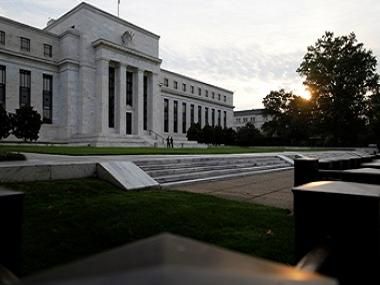At a time when its credibility – not to mention its capital - is in decreasing supply, the central bank suddenly set the bar to begin tapering far higher than what most of the market believed.
Even strongly pro-stimulus Chicago Fed President Charles Evans had suggested in recent weeks that he could support rolling back the Fed’s massive asset-buying stimulus program.
But on the day, Esther George was again the lone vote of dissent as the FOMC decided to “await more evidence” of economic recovery before starting to wind down the program.
Tuesday’s Committee statement did away with what had been regular language about increasing or decreasing asset purchases, signaled that the next move would be to “moderate the pace” of asset-buying.
It said that at “coming meetings,” it would decide whether new economic data “support the Committee’s expectation of ongoing improvement in labor market conditions and inflation moving back toward its longer-run objective.”
Without question, Tuesday’s decision by the Fed reset those objectives.
Longer-run GDP growth is now deemed to be between 2.2% and 2.5%, compared to 2.3% to 2.5% in the last five projections.
The longer-run unemployment rate is now 5.2% to 5.8%, down from 5.2% to 6.0% in the last eight projections.
Since there was no tapering, there was no need to change to forward guidance.
The Committee said that the exceptionally low target range for the Fed funds rate would be “appropriate at least as long as the unemployment rate remains above 6.5%, inflation between one and two years ahead is projected to be no more than a half percentage point above the Committee’s 2% longer-run goal, and longer-term inflation expectations continue to be well anchored.”
Overlaying the economic projections, the unemployment rate stands a good chance of reaching the Fed’s numerical target in 2014.
But core personal consumption expenditure does not. And it does not in 2015 or 2016, either.
So the bar has been raised – and raised unexpectedly.
